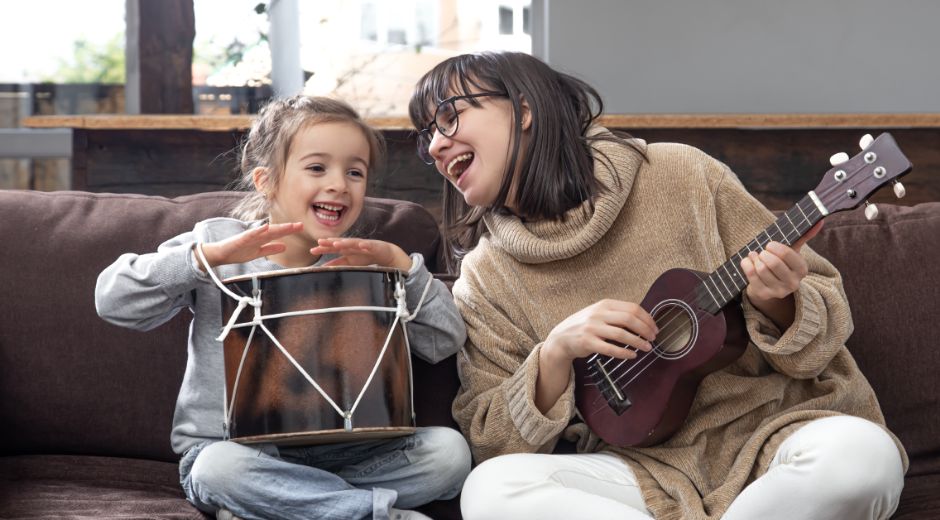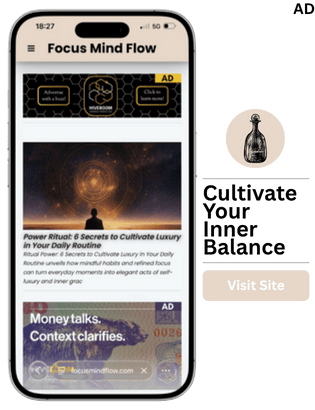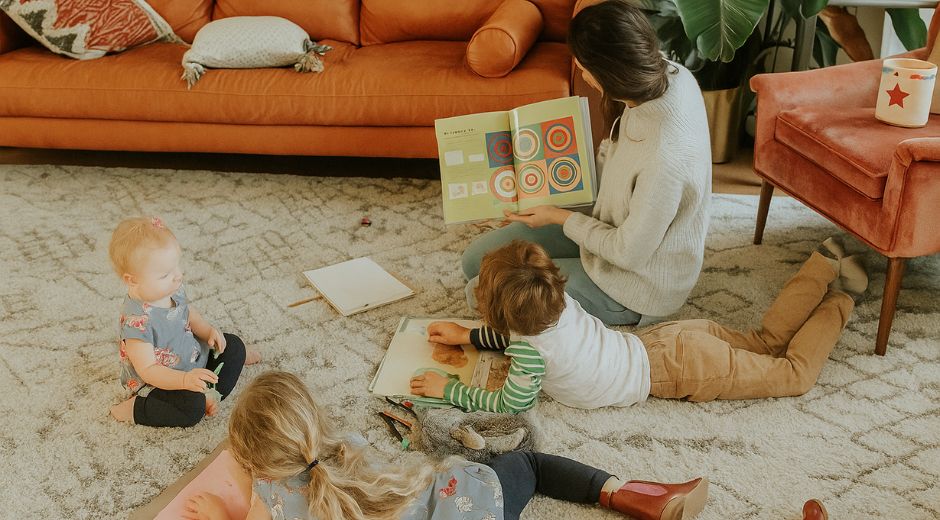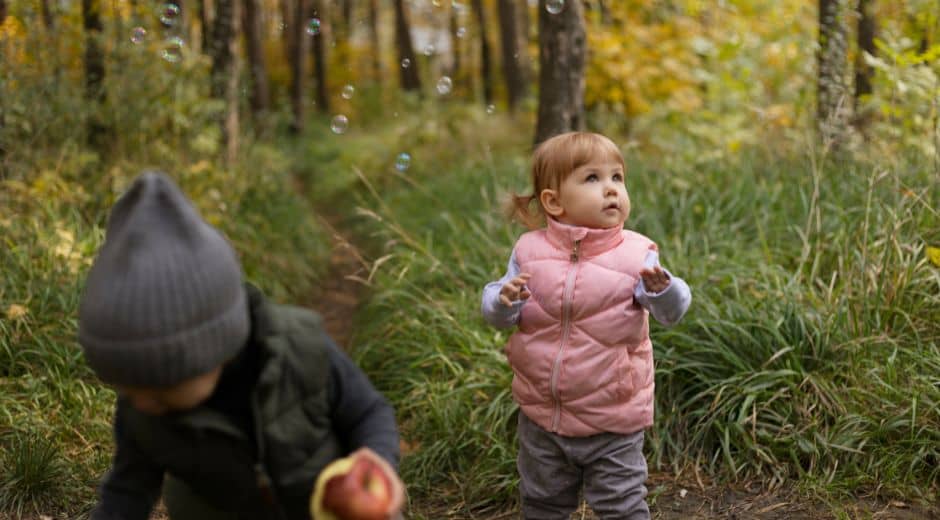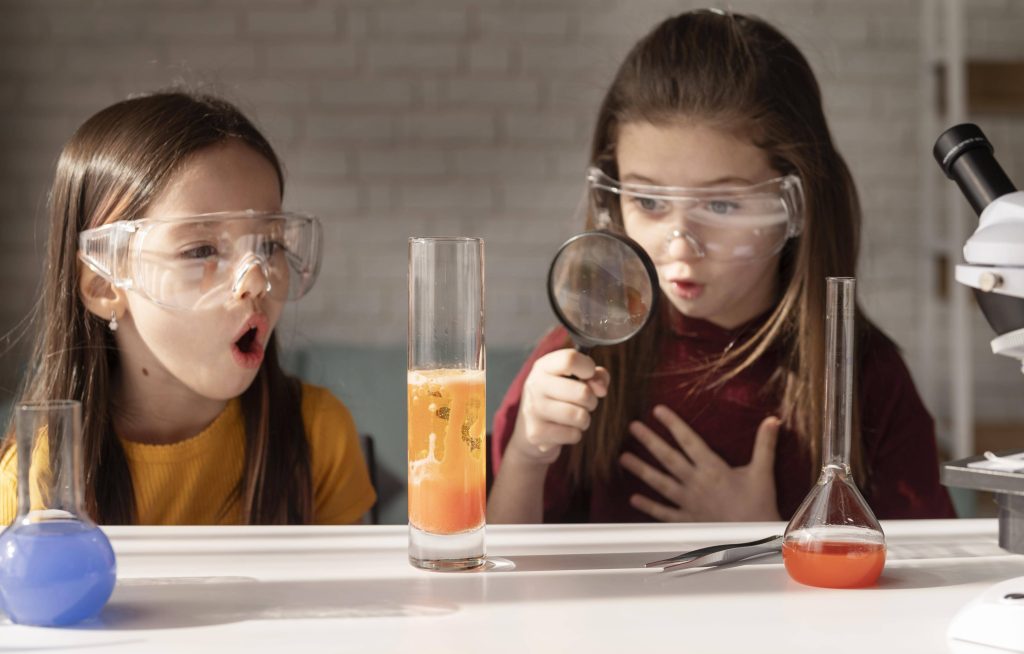Creative Flow: Art and Music as Cognitive Exercises
Creative Flow: Art and Music as Cognitive Exercises
Engaging in art and music is more than a form of self-expression—it is a scientifically recognized way to enhance cognitive function, focus, and emotional well-being. The concept of Creative Flow represents a state where the mind is fully immersed in a task, combining skill, attention, and enjoyment. Whether painting, playing an instrument, or composing, individuals in this state experience heightened awareness, reduced stress, and improved mental clarity. Understanding the Creative Flow and its impact on the brain can help both adults and children unlock their cognitive potential.
Understanding Creative Flow
The term Creative Flow was popularized by psychologist Mihaly Csikszentmihalyi, describing a mental state in which people are fully engaged in a creative activity. Neuroscience research shows that during this state, the brain exhibits increased activity in areas responsible for attention, problem-solving, and emotional regulation. These patterns enhance both the ability to focus and the capacity for innovation. Individuals experiencing Creative Flow often lose track of time, demonstrating how deep engagement can optimize cognitive processes.
Art as a Cognitive Exercise
Visual arts, such as painting, drawing, and sculpting, offer unique opportunities to exercise the brain. Engaging in these activities stimulates the prefrontal cortex, which is responsible for decision-making, planning, and complex problem-solving. By choosing colors, shapes, and composition, individuals train their attention and working memory. Research has also shown that regular art practice enhances neuroplasticity—the brain’s ability to adapt and form new neural connections.
For parents, incorporating artistic activities into children’s routines can provide both enjoyment and developmental benefits. Platforms like Parents offer guidance on age-appropriate art projects that support cognitive growth and emotional regulation in kids. Similarly, Cool Parenting Tips explores practical ways to foster creativity while encouraging focus and self-expression at home.
Music and the Brain
Music is another powerful tool for cognitive development. Learning an instrument engages multiple brain regions simultaneously, including those responsible for auditory processing, motor coordination, memory, and emotion. The rhythmic and melodic structures in music challenge the brain to process complex patterns, enhancing problem-solving skills and attention span. Research indicates that children who participate in music education perform better in tasks requiring verbal memory and mathematical reasoning.
Listening to music can also induce a state of Creative Flow, particularly when individuals are emotionally connected to the music or improvising. The combination of active listening and creative participation strengthens neural pathways, making it easier to sustain focus and engage in other cognitive tasks.
The Psychological Benefits of Creative Flow
Beyond cognitive gains, Creative Flow has significant psychological benefits. When individuals immerse themselves in art or music, the brain releases dopamine, which enhances motivation, pleasure, and learning. This neurochemical response helps reduce stress and fosters a sense of accomplishment. For children, these experiences can build confidence and resilience, while adults often find that creative engagement improves emotional well-being and mental clarity.
Mindful engagement in art and music also supports emotional intelligence. By expressing feelings visually or musically, individuals learn to process emotions, empathize with others, and communicate more effectively. This combination of cognitive and emotional development demonstrates how Creative Flow activities serve as holistic brain exercises.
Practical Ways to Foster Creative Flow
Incorporating art and music into daily life doesn’t require professional training. Here are several strategies to foster Creative Flow:
Create a Dedicated Space: Set up an environment free of distractions where art or music activities can take place.
Set Small Goals: Focus on completing a painting, mastering a song segment, or experimenting with a new style to create achievable milestones.
Embrace Experimentation: Avoid perfectionism; experimentation encourages innovation and deep engagement.
Practice Regularly: Consistency reinforces neural pathways, making it easier to enter a state of Creative Flow.
Combine Movement: Pairing music with movement, such as dancing or conducting, can further enhance cognitive engagement.
By integrating these strategies, both adults and children can regularly enter Creative Flow, strengthening brain function and enjoying the process of learning and self-expression.
Creative Flow for Children
Introducing children to art and music early can have lifelong cognitive benefits. Studies in developmental psychology and neuroscience show that children exposed to creative activities exhibit enhanced memory, attention, and problem-solving skills. Music lessons, drawing exercises, and collaborative art projects stimulate multiple areas of the brain simultaneously.
Parents and educators can encourage these activities without imposing rigid structures. Platforms like Parents provide practical advice on nurturing creativity, while Cool Parenting Tips highlights activities that make learning enjoyable and cognitively stimulating. These experiences not only build skills but also create a foundation for sustained focus and emotional resilience.
The Role of Technology in Creative Flow
Digital tools can enhance access to art and music education, providing interactive tutorials, virtual instruments, and collaborative platforms. While excessive screen time can distract, structured use of technology can support Creative Flow. Apps that guide drawing exercises or music composition encourage focus and allow for real-time feedback. Combining traditional and digital methods can maximize engagement and cognitive benefits.
Integrating Art and Music into Daily Life
To fully benefit from Creative Flow, it is important to integrate these activities into regular routines. Scheduling daily or weekly creative sessions ensures consistency, while approaching art and music with curiosity rather than pressure fosters deeper engagement. Combining creative activities with mindfulness or reflective practices enhances both concentration and emotional awareness.
Conclusion: Unlocking Cognitive Potential through Creative Flow
Engaging in art and music is not only a source of enjoyment but a scientifically supported way to improve brain function, focus, and emotional well-being. By understanding and practicing Creative Flow, individuals of all ages can strengthen cognitive abilities, cultivate creativity, and experience the joy of deep, immersive engagement.
From children learning foundational skills to adults seeking mental clarity and emotional balance, Creative Flow activities provide a holistic approach to cognitive development. Resources like FocusMindFlow offer tutorials, strategies, and insights to help anyone harness the power of creative engagement. Meanwhile, Parents and Cool Parenting Tips provide practical guidance for families looking to integrate art and music into their daily lives, promoting focus, emotional intelligence, and lifelong learning.
By embracing Creative Flow, we not only nurture the brain but also foster a richer, more fulfilling connection to learning, self-expression, and personal growth.
Learn Bond Bloom

Calm Corner Setup for Emotional Regulation
Calm Corner Setup for Emotional Regulation

Big Feelings Tools Kids Can Learn Fast
Big Feelings Tools Kids Can Learn Fast

Picky Eating Solutions That Feel Simple
Picky Eating Solutions That Feel Simple

Morning Routine Ideas for Smoother Days
Morning Routine Ideas for Smoother Days
